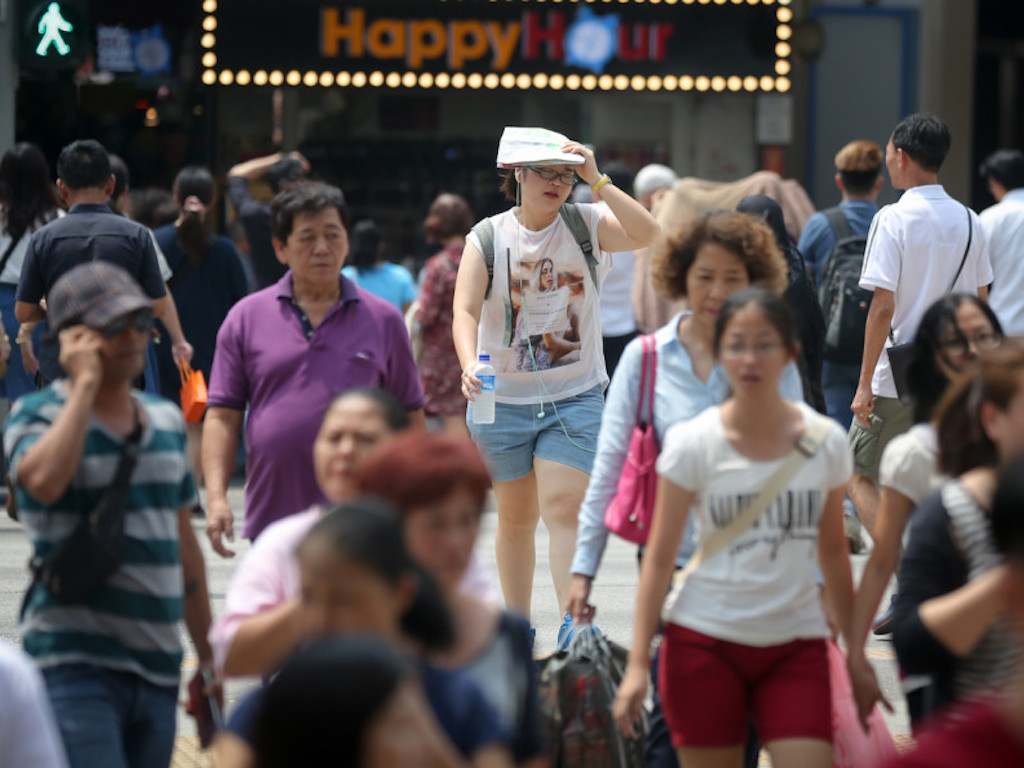3 Mins Read
In a new study, scientists have found that intolerable and potentially fatal outbreaks of humid and hot weather is on the rise around the world, suggesting that alarming warnings about the consequences of global heating are already underway. Humidity increases the danger of heat because it impairs the body’s natural sweat mechanism, which helps to cool us down.
Published in the journal Science Advances, the new scientific study has identified thousands of unprecedented extreme weather outbreaks in parts of Asia, Africa, Australia, South America and North America, and says that this deadly combination of humidity and heat is on the rise.
Looking at the history of weather events around the world and analysing hourly data from over 7,877 weather stations, the scientists found that the potentially fatal humid heat combination had doubled between 1979 and 2017, rising in both frequency and intensity. These findings suggest that the worse-case scenario predictions of global heating are already occurring, which could threaten human survival on the planet.
“Previous studies projected that this would happen several decades from now, but this shows it’s happening right now,” said lead author of the study, Colin Raymond from Columbia University’s Lamont-Doherty Earth Observatory, in conversation with the Guardian.
Past scientific findings have suggested that extreme weather events would occur a few decades time, and will hit the subtropical and tropical regions the hardest, where humidity is already high.
“The times these events last will increase, and the areas they affect will grow in direct correlation with global warming,” Raymond added.
“We may be closer to a real tipping point than we think,” said co-author Radley Horton.
Humid heat is more dangerous than dry heat because it impairs the ability of the body to sweat, which is a life-saving cooling mechanism. In dry heat conditions, the body can sweat excess heat and allow it to evaporate, preventing potentially fatal overheating.
Once the humid heat climate reaches 32 degrees Celsius and above, even the most well-adapted individuals cannot adequately carry out outdoor activities such as walking.
In a separate study published last week, scientists found that in less than 50 years time, the world’s habitable climate zones will shift so dramatically that a third of the population will be living in areas too hot to survive. The study raised unsettling questions about the fate of poorer populations who lack cooling technology such as adequate shelter and air-conditioning to prevent deadly overheating.
Even in rich countries such as the United States and Qatar, scientists in this latest piece of research say that longer periods of enforced indoor time would prove to have disastrous economic consequences.
The alarm bells from experts are clear. World governments and business leaders must take urgent collective action to reduce global carbon emissions as much as possible. Conservationists have pointed out that the coronavirus pandemic has offered an opportunity for the world to rebuild in a green and sustainable way, to ensure that life on earth, especially in the most vulnerable regions of the world, can be sustained.
Lead image courtesy of Straits Times.




